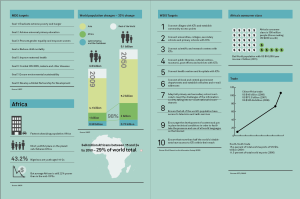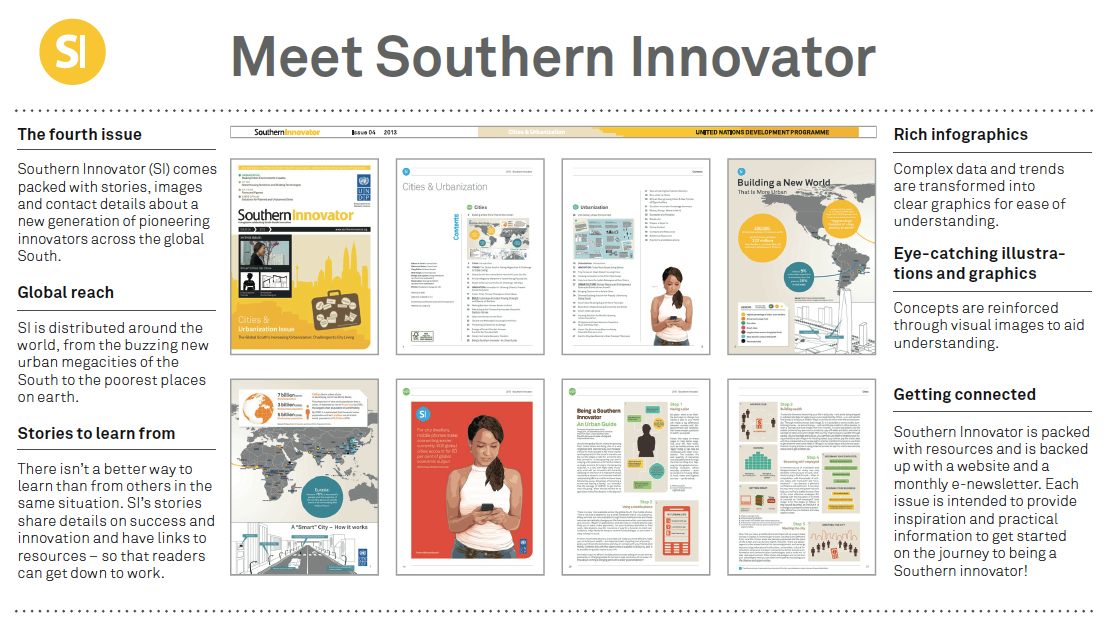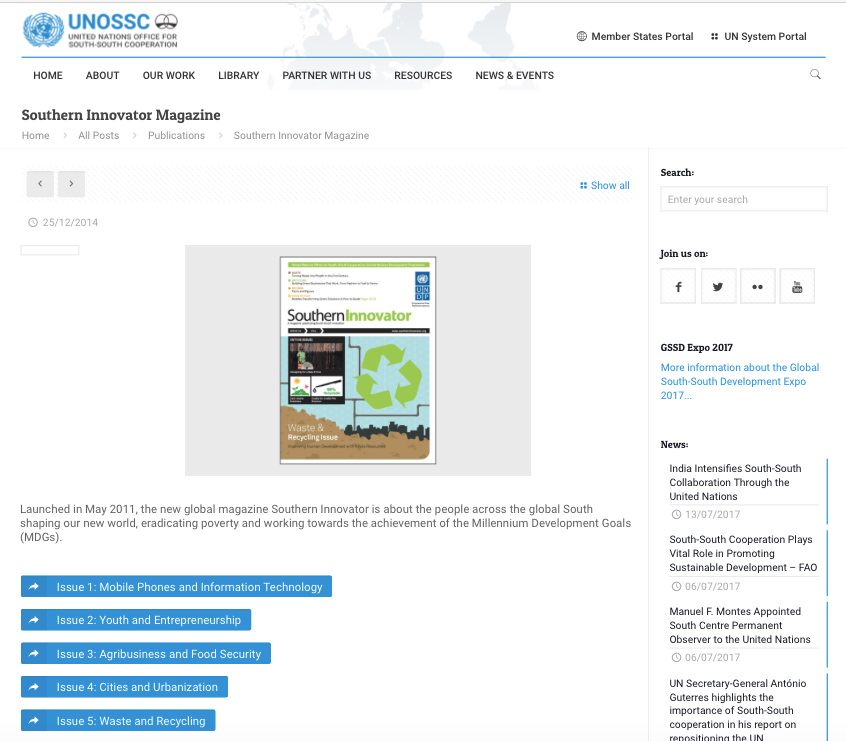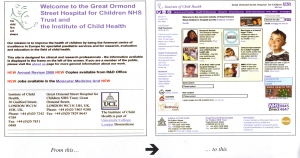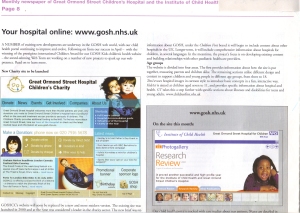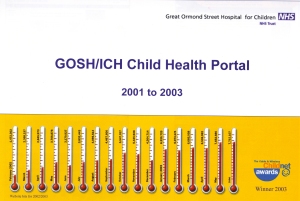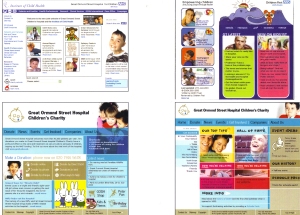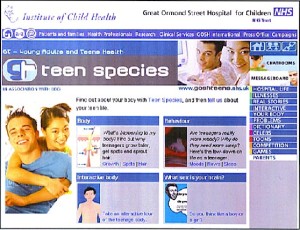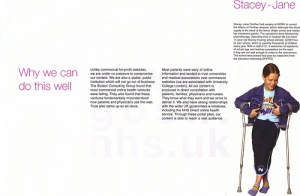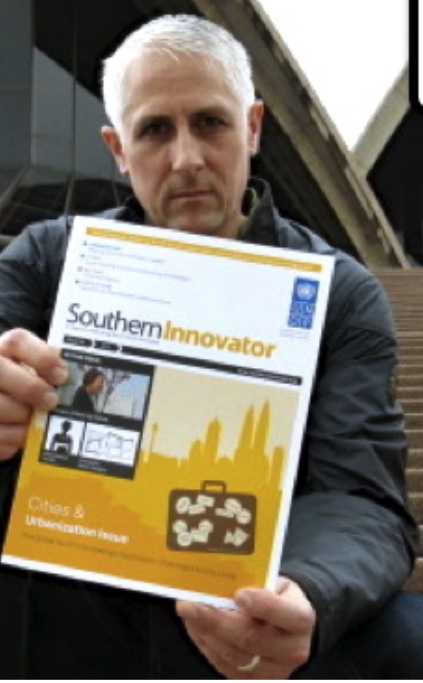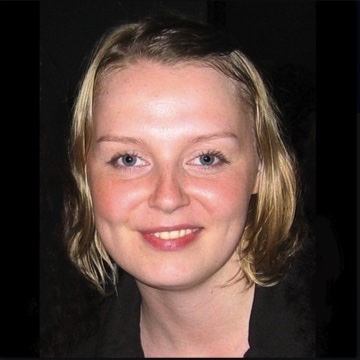
Response to Mongolia's "peacetime collapse" | 1997-1999
From 1997 to 1999, I led the communications office for the United Nations in the Northeast Asian country of Mongolia. The country was buffeted by two major crises: the economic and social chaos wrought by the transition from the command economy of the previous Communist system, to free markets and democracy – called at the time the largest peacetime economic collapse since WWII – and the Asian Crisis of the late 1990s.
I established the UNDP Mongolia Communications Office (have a look at some of the publications in Google Books), and began to transform how the UN communicated within Mongolia, as well as outside the country. The Office pioneered a structure and strategy that has since been modeled by the UN around the world. The Office was one of the first UN missions to go online and was praised in a global UN survey for having the fourth-best UN website in the world. When the UN won the Nobel Peace Prize in 2001, it was communications initiatives like the UNDP Mongolia Communications Office which were cited as a major factor in the awarding of the Prize. The Office pioneered online and offline communications, and broke new ground. The country’s first human development report was one such case.
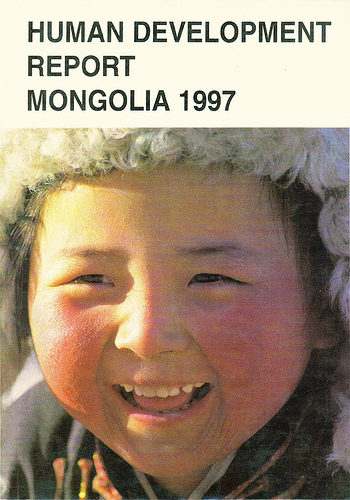
As can be seen, the MHDR eschewed obscure graphics for its cover and instead focused on the story of the Mongolian people during the transition years. It featured case studies telling of the hardships of that time and took a radically new approach to how human development reports were launched in a country. The MHDR was free and was distributed across the country, backed up with an intensive media campaign and road show. The popularity of the MHDR was such that a second run of 10,000 copies was published. Unlike many other reports and publications by international organisations, the MHDR was designed, laid out and published in Mongolia. This was a critical initiative in kick-starting the Mongolian publishing industry, badly hurt by the economic crises. The process of producing the MHDR introduced a modern approach to publishing and media publicity and was the catalyst for a new design movement in Mongolian publishing. Some examples are below:
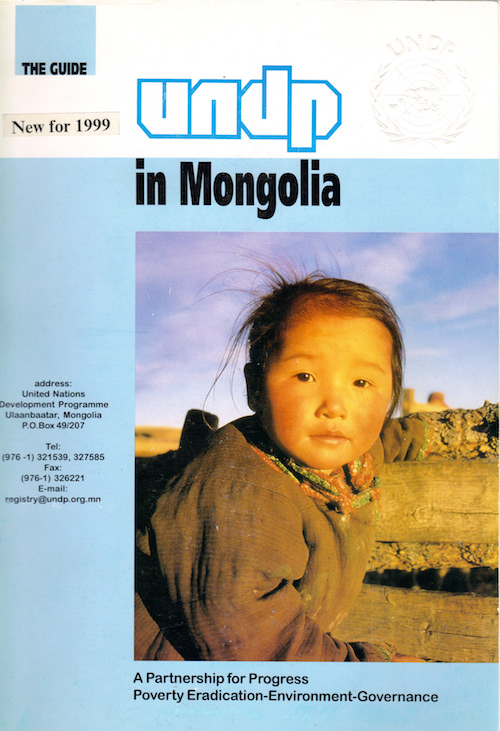

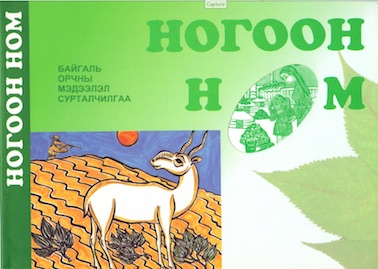

Response to "Global Financial Crisis: | 2006-2014
Since the start of 2007, global international development and media consultancy David South Consulting (DSC)/David South International (DSI) has been working with the UNDP-associated United Nations Office for South-South Cooperation (UNOSSC) (formerly the Special Unit for South-South Cooperation) to raise the profile of South-South cooperation and the global South in global development through its innovators, as well as influencing the switch to an innovation-led approach to how development is delivered at the United Nations and at the country level. Based in London, UK and with a design studio in Reykjavik, Iceland, DSC/DSI did this with two highly influential media: the monthly e-newsletter Development Challenges, South-South Solutions, and its sister magazine Southern Innovator.
About
With the global economic crisis unfolding in 2007, we asked “what would inspire people?” What is going on in the global South that would improve human development under these circumstances and make people more resilient?
In 2007, discussing the global South, or solutions from the South, had a far lower profile in international development, the media and with the general public. Being one of the first sources to regularly chronicle the 21st-century world emerging from the crisis, the two publications (e-newsletter Development Challenges, South-South Solutions and its sister magazine Southern Innovator) were able to open up a space for greater coverage of the global South, while drawing attention to a new generation of development innovators.
“Great economic and business reporting! Very helpful for us.” Africa Renewal, Africa Section, Strategic Communications Division, United Nations Department of Public Information
“I just went over your June newsletter. It’s very well done and far reaching. Congratulations!” Violette Ruppanner, Director, 3D -> Trade – Human Rights – Equitable Economy, Geneva, Switzerland
“Just to let you know I enjoyed the newsletter a lot – it was interesting to learn about things going on that I would never otherwise find out about, and also the listing of future conferences and events proved very useful.” Ian Sanderson, Deloitte, Geneva, Switzerland
“Congratulations on another great newsletter that’s packed with fascinating information! I really enjoy getting it each month.” Whitney Harrelson, Making Cents, Washington D.C.
By adopting a strategy to exploit developments in online and digital media (and the space opened up by the global economic crisis), the reach of the e-newsletter and magazine was far greater than would have been possible just a year prior, back in 2006. This proved useful for reaching the growing number of people in the global South who were being digitally connected, either through mobile phones or the Internet, or both.
The e-newsletter was not only distributed every month to subscribers, it was also simultaneously posted online in many platforms to reach as wide an audience as possible. It was kept simple in its design so as to be easy to access by readers with low bandwidth or high data costs. It exploited new online services to reach an as wide as possible audience.
As an example, the arrival of ‘crowd-powered’ media in 2007 allowed for posting of stories to a global audience to test responses and reactions in real time. An experiment from 2008 to 2010 on the innovative Vancouver, Canada-based NowPublic platform proved very effective in developing the right tone for the stories. Many of these stories have been cited in publications and online (please see below for citations).
With 201 Development Challenges, South-South Solutions stories posted on the NowPublic platform, a total of 336,289 views by 2012 had occurred, according to the NowPublic counter.
Various websites offering publishing and archiving services (Scribd for example) meant it was easy to access the stories from any place, device or platform, bypassing firewalls and censors - a very serious concern in many countries of the global South. And social media such as Twitter made it easy to spread the word to the right people.
The two publications proved influential on a number of fronts, being early to draw attention to the following: the rising use of mobile phones and information technology in development, the world becoming an urban place, innovative food solutions including the nascent insect food sector (now a big thing), altering perspectives on what is possible in Africa, the use of data science to innovate development, and tracking the growing number of technology hubs and the fast-growing start-up culture in the global South. The publications were cited for shaping the new strategic direction adopted by the United Nations Development Programme (UNDP) (the UN’s leading development organisation) and its first youth strategy, and the development of the Sustainable Development Goals (SDGs). As the world’s first global innovator magazine, Southern Innovator’s design had to be appropriate for a diverse audience. It has drawn praise for being both “beautiful” and “inspiring”, while its use of sharp, modern graphic design and infographics inspired others in the UN to up their game when it comes to design.
Today, there are many sources for sharing stories on solutions from the global South; in fact, it could be called ‘cool’. South-South cooperation and innovation have now become the key methodology for the UN’s delivery of its programmes and projects. In 2015, China pledged US $2 billion to “support South-South cooperation” and called for the international community to “deepen South-South and tripartite cooperation”. In development parlance, they have been “Mainstreaming South-South and Triangular Cooperation” in their plans.
The current policy vogue for innovation in developing and developed countries can trace its roots back to some of the early work done by these two publications (and which was further amplified by the annual Global South-South Development Expo, which often would feature innovators from the two publications, spreading the innovation message around the world). Both publications had set out to inspire and “champion a global 21st century innovator culture”. And they have done this, as can be seen from concrete evidence and anecdotal responses from individuals and organizations alike.
 © David South Consulting 2017
© David South Consulting 2017
 Monday, July 27, 2015 at 5:36AM
Monday, July 27, 2015 at 5:36AM 
 2010,
2010,  Creative Sparks,
Creative Sparks,  David South,
David South,  Iceland,
Iceland,  London,
London,  New York,
New York,  Reykjavik,
Reykjavik,  Solveig Rolfsdottir,
Solveig Rolfsdottir,  UK,
UK,  USA,
USA,  United Nations,
United Nations,  david south consulting in
david south consulting in  21st century,
21st century,  Agenda 2030,
Agenda 2030,  Agenda 21,
Agenda 21,  Cosmas Gitta,
Cosmas Gitta,  Crisis Response Media,
Crisis Response Media,  David South Consulting,
David South Consulting,  Digital,
Digital,  Emerging Markets,
Emerging Markets,  GSSD,
GSSD,  GSSD Expo,
GSSD Expo,  Geopolitics,
Geopolitics,  Global South,
Global South,  Google,
Google,  Health and Human Development,
Health and Human Development,  Human Development Innovator,
Human Development Innovator,  ICT4D,
ICT4D,  International Development,
International Development,  Knowledge Sharing,
Knowledge Sharing,  Media,
Media,  Millennium Development Goals,
Millennium Development Goals,  Mobile Phones and Information Technology,
Mobile Phones and Information Technology,  Mobiles,
Mobiles,  Policy Innovator,
Policy Innovator,  Reverse engineering,
Reverse engineering,  Southern Innovator,
Southern Innovator,  Sustainable Development Goals,
Sustainable Development Goals,  UNOSSC,
UNOSSC,  United Nations,
United Nations,  Youth
Youth 